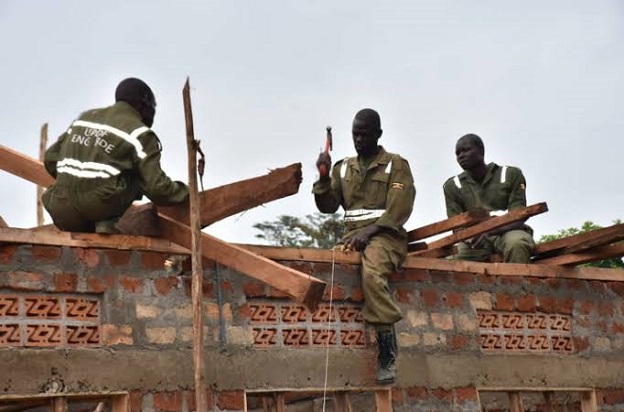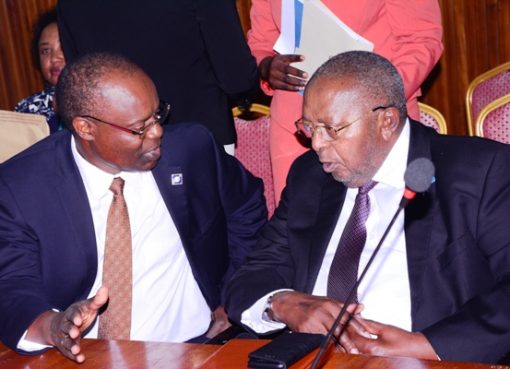“It was observed that the yield strength of 4 steel reinforcement samples representing 44% was less than the required strength,” says the report on the Kisenyi killer building that collapsed last month killing several people. “In particular columns and some beams was less by 26.0 to 36.4% which is a substantial difference.”
One striking revelation from the report by National Building Review Board -NBRB about the building was the naming of the source of the substandard material: ‘…the building had been constructed with substandard steel produced by Pramukh Steel Ltd.”
The report further says, “it is also noticeable that the strength of steel samples tested reduced with increased diameter. The level of deviation observed indicates that the manufacturer of steel used on the site is producing reinforcement that does not conform to requirements set by Uganda National Bureau of Standards (UNBS).”
Pramukh steel products have been on the markets for more than a decade, according to information on its website. Its manufacturing plant is situated in Njeru, Buikwe District.
Its products (high yield strength steel bars and sections, steel for the reinforcement of concrete and high yield strength steel bars) are certified by UNBS.
The company boasts that it is an East Africa manufacturer exporting its products to Kenya, Rwanda, Democratic Republic of Congo, Burundi and Southern Sudan. Company officials did not pick repeated phone calls when contacted through mobile lines on its website.
However, NBRB says it’s not the first time that they have found substandard construction materials on the market. Its officials say poor quality products come from many companies.
“Clearly, there is an issue with the products that are on the market and as the board we are taking note of those incidences where materials fall below standard and then we notify Uganda National Bureau of Standards to investigate these companies,” Engineer Nicholas Omoding, the head of Investigations at the National Buildings Review Board said in an interview.
But UNBS spokesperson Kirabo Sylvia says they HAVE not received any report from NBRB and thus they can’t talk about it.
“Unless we have that communication officially, we can’t you give information,” she said. “UNBS, Kirabo says, would want to understand how NBRB did the sampling, what particular product, which sizes as well as where sample was done.
“We are constrained to respond to allegations. If it’s an official report, they should be able to give us a copy.”
Omoding however thought UNBS officials should have heard of the substandard products in the newspapers or radios given that the building that collapsed in Kisenyi was covered extensively says the report will be shared with UNBS. The report recommended an investigation of Pramukh.
Kirabo did not if UNBS was bothered enough by the numerous media reports on the Kisenyi incident to check on the quality of the steel used in its beams and columns with or without an official communication about it from NBRB .
The challenges in the construction sector are always brought to the fore when buildings collapse: developers using unapproved plans, hiring unqualified professionals, poor quality materials, lack supervision, corruption, lack of deterrent penalties for those not following the laws among others.
Sector experts propose different remedies. For instance, Nick Twimatsiko, an author and civil engineering consultant in a recent interview argued that training institutions are churning out poor quality diploma graduates who taking up complex projects. Such graduates, he said, may not even understand quality of construction products as well as how to mix sand and cement for a particular site.
Apollo Buregyeya, a civil engineering lecturer at Makerere University says more supervision of construction phases is needed. It doesn’t make sense; he argues, for standards regulators to ensure that cement meets a certain standard yet there is no supervision of how that cement is mixed with sand on the construction site.
-URN





